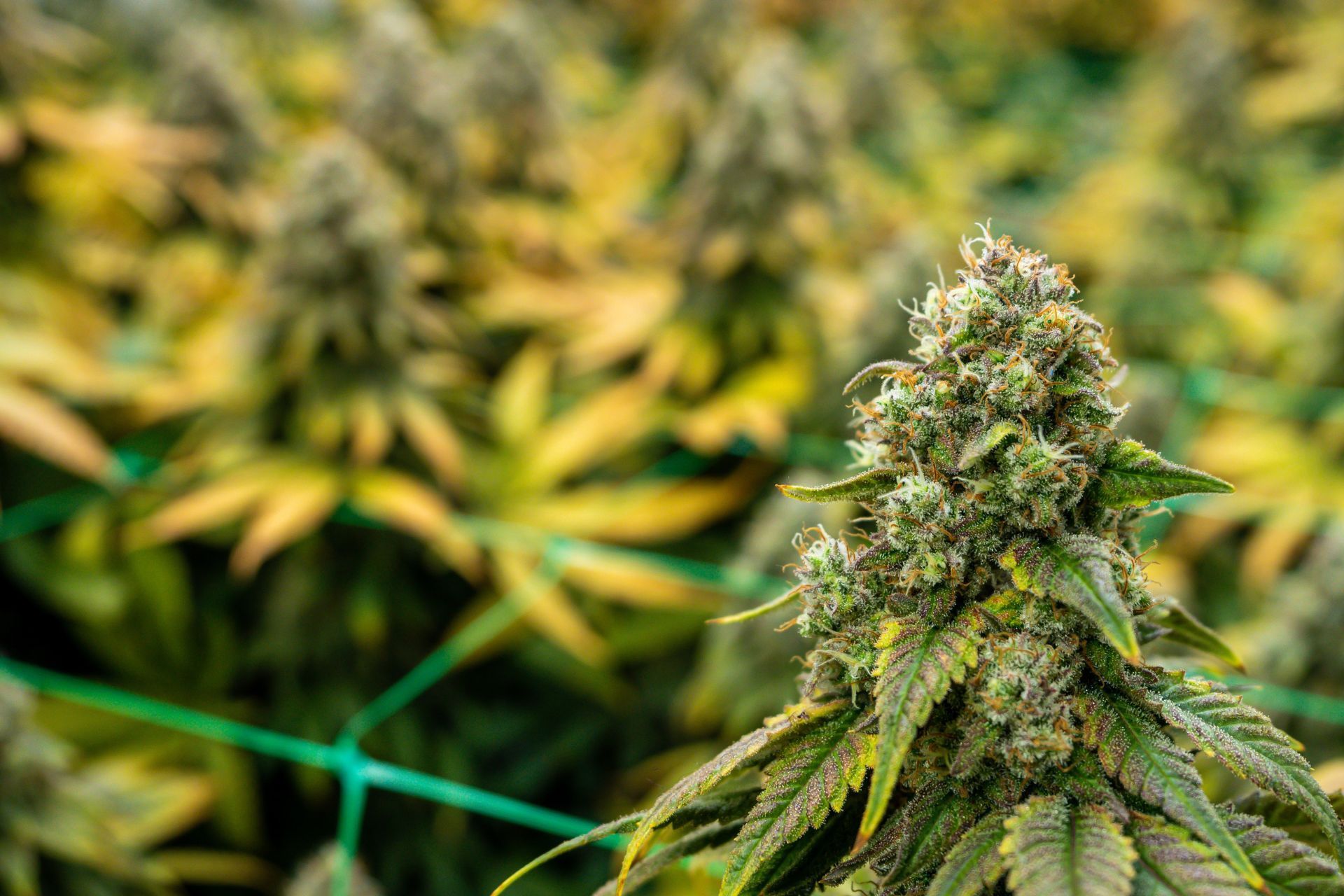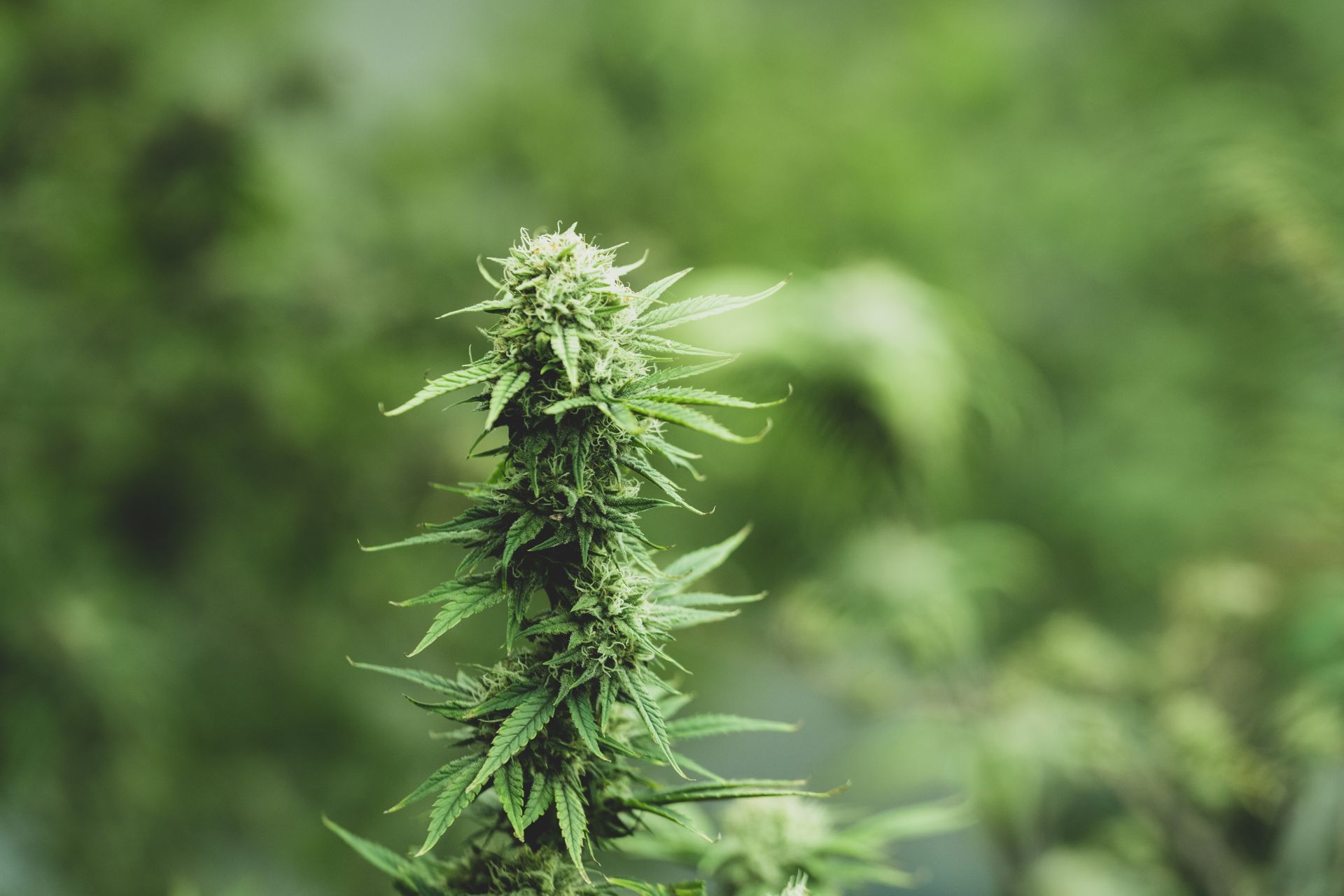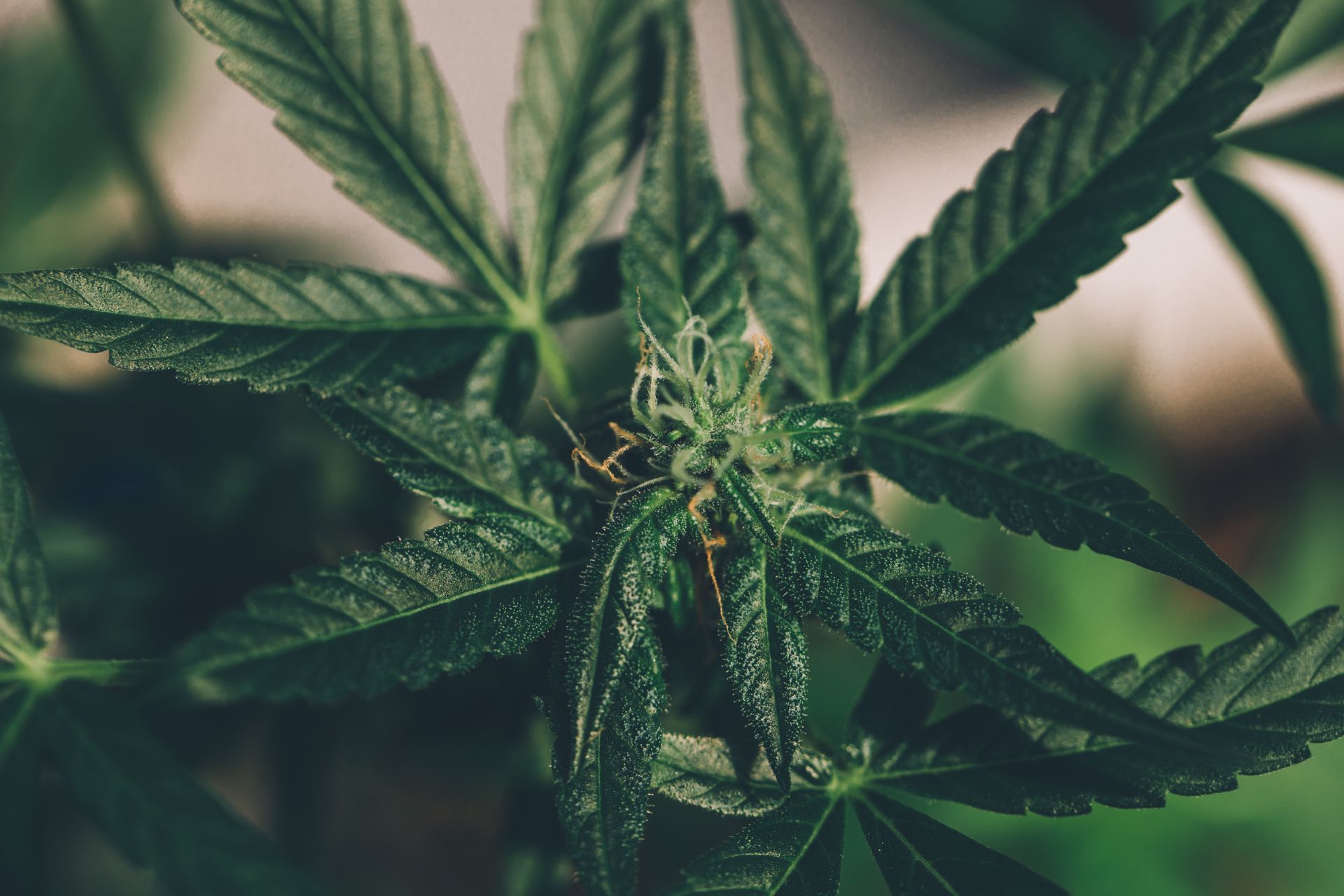Why Every Cannabis Business Needs a Disaster Recovery Plan
See How We're Different
or call us: (215) 653-8411
The cannabis industry in the United States is growing rapidly, with projections estimating the market value to reach as high as $73.6 billion by 2027. However, despite this promising growth, many cannabis operators face significant challenges that threaten their profitability and long-term sustainability. According to a recent survey by Whitney Economics, less than 25% of U.S. cannabis businesses report profitability—a sharp decline from 42% the previous year. These figures highlight the precarious nature of cannabis enterprises and underscore the importance of robust disaster recovery planning.
Understanding the Unique Risks Facing Cannabis Businesses
One stark example is the 2020 Almeda Fire in Oregon, which destroyed eight marijuana businesses, illustrating how quickly disaster can cripple cannabis operations. This event brought to light the vulnerability of cannabis companies to wildfires and other natural catastrophes, emphasizing the need for proactive disaster recovery plans that include risk assessment and mitigation strategies tailored to the industry’s specific challenges. More on this can be found in the Stateline report on marijuana companies seeking disaster relief.
The Financial Impact of Disasters on Cannabis Operations
Financial instability is a pressing concern for cannabis businesses. The 2023 State of the Cannabis Industry Sound Off report reveals that 34% of cannabis operators experienced revenue decreases, and more than half—53%—were not profitable in the most recent fiscal year. Disasters exacerbate these financial pressures by causing operational downtime, inventory loss, and increased recovery costs. The unpredictability of natural disasters, such as wildfires, floods, and hurricanes, can lead to significant disruptions in supply chains, further complicating the financial landscape for cannabis operators who often rely on timely deliveries of both raw materials and finished products.
Without a disaster recovery plan, businesses risk prolonged closures and lost revenue that can be difficult to recoup. Moreover, the cannabis industry’s rapid growth and increasing market value—expected to reach $66.3 billion by 2025—require companies to invest in resilience strategies to protect their assets and market position. Failure to do so not only jeopardizes individual businesses but also the broader industry’s economic potential. The lack of preparedness can lead to a ripple effect, impacting employees, local economies, and even state tax revenues that depend on the cannabis sector's success. As such, it is imperative for cannabis businesses to not only focus on immediate financial health but also on long-term sustainability in the face of potential disasters.
Insurance and Financial Preparedness
Insurance coverage is a critical component of disaster recovery, yet many cannabis businesses face challenges securing adequate policies due to the industry’s legal complexities. Operators should work closely with insurers familiar with cannabis regulations to ensure coverage includes natural disasters, business interruption, and asset protection. Financial preparedness also involves maintaining emergency funds and access to capital to support recovery efforts. Additionally, businesses should consider diversifying their revenue streams and exploring alternative financing options, such as grants and low-interest loans, which can provide a buffer during tough times. By proactively addressing these financial vulnerabilities, cannabis operators can better navigate the uncertainties posed by disasters, ensuring they remain competitive and resilient in an evolving market.
Building a Comprehensive Disaster Recovery Plan
The Role of Workforce Preparedness and Training
Given the cannabis industry’s rapid expansion and the projected creation of over 400,000 jobs by 2023, according to ZipDo Education Reports, investing in workforce preparedness is more important than ever. Upskilling and reskilling efforts should incorporate disaster response training to build a resilient workforce capable of adapting to crises. Furthermore, integrating technology into training programs can enhance learning experiences, allowing employees to engage with simulations that mimic real-life scenarios. This not only enriches their understanding but also prepares them for the unique challenges that the cannabis industry may face.
Leadership and Communication
Planning for Long-Term Resilience and Growth
As Beau Whitney, founder of Whitney Economics, notes, bridging the gap between economic theory and the daily realities of cannabis operators is key to navigating this complex landscape. A well-crafted disaster recovery plan embodies this approach by combining practical preparedness with strategic foresight to protect businesses from unforeseen shocks (Whitney Economics).
Conclusion: A Necessity, Not a Luxury

Article By: Deb Sculli
Cannabis Insurance Specialist




